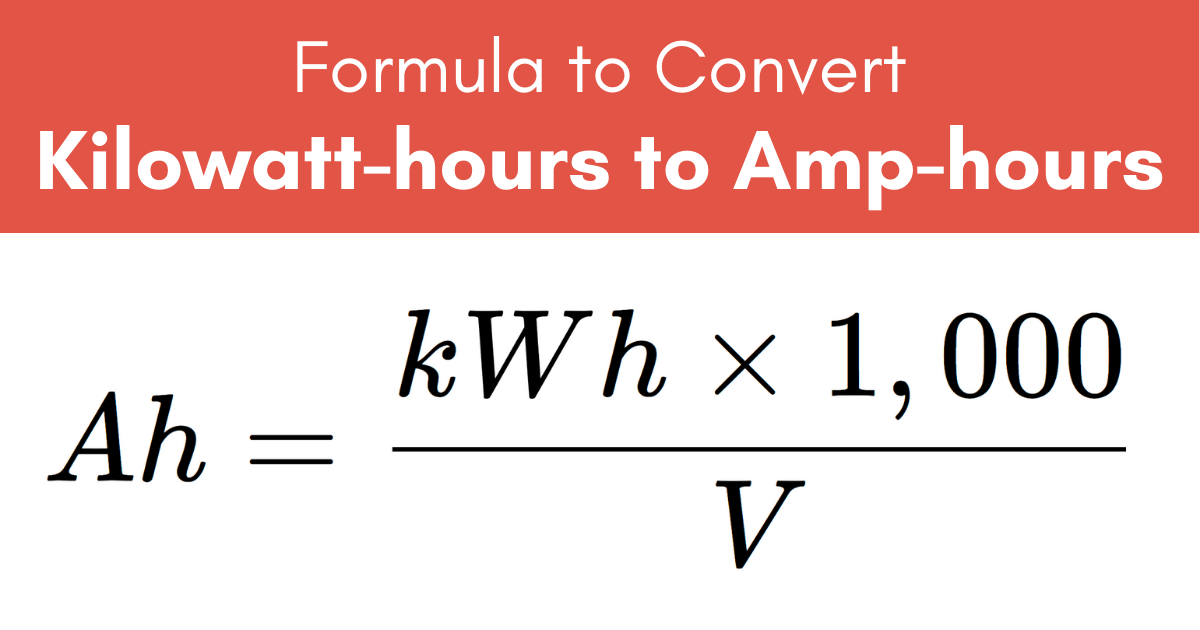

© Other Ways to Define Wattsġ Watt is also equivalent to 1 kg.m 2 / s 3, or 1 kilogram meter squared per second cubed. To light up properly, this 60-watt bulb requires 60 joules of energy to be transferred each second the light is on. A 40-watt light bulb, for example, requires 40 Joules of energy to be transferred per second to run optimally. In this way, 1 watt is equivalent to 1 Joule of energy being transferred per second. In practical terms, watts can be thought of as the power it takes to do something or the energy used by a device, such as turning on a light bulb. Watts are used as the standard unit of power for quantifying the rate of this energy transfer. Therefore, power is the rate of energy transfer or the amount of energy converted per unit of time. In this case, work refers to the energy transferred from one object to another. In comparison, watts can be thought of as a unit of power, or the rate at which “work” is done. Amperage means the current that can flow through, and is measured in amps. Therefore, an amp is the rate at which current is flowing. Put simply, a coulomb quantifies an amount of electric charge and an amp measures how fast the charge is moving past the point in space. 1 coulomb is defined as the amount of electric charge carried in 1 second by a 1 amp current. As such, 1 amp is equivalent to 1 coulomb’s worth of charge moving past a given point in 1 second. This is a French organization responsible for establishing standardized scientific measurements. The Definition of AmpsĪmperes, or amps for short, are always defined within the International System of Units (SI), which was created by the Bureau International des Poids et Mesures (BIPM). This is how amps and watts are denoted when used in calculations and equations, as well as how they’re measured and listed on electrical devices. To signify either, it’s simple - the first letter from both is taken to give A and W respectively. SymbolsĪs far as the mathematical symbols used, things are kept fairly simple for amps and watts. Now we’ve defined amps and watts and their units, it’s time to look closer at the differences between them. Unit of power, or the rate at which work is doneĬ / s: 1 coulomb, or 6.24 x 10 18 electrons worth of charge moving past a given point in 1 second. Without further ado, let’s get into a comparison and explanation of amps vs. Understanding exactly what things like amps and watts mean is crucial to safely take on any sort of electrical project, and can be hugely beneficial if you’re looking to save money on your energy bills. However, when it comes to how electricity works and the terms and measurements used to describe it, things can get a little more complicated and less intuitive. As well as this, the potential dangers of electricity are well-established. The way it can be used to power our lights, AC, homes, favorite devices and even our new electric vehicles. The appliance power ratings suggested are indicative only.Generally, people are aware of electricity, or at least its effects. Here’s our guide to the current ratings of commonly-used domestic appliances. Alternating current (AC) is used to supply things like houses, buildings and mains connected appliances.

However, in alternating current (AC) the electric current changes direction at 50 times per second (50 Hz or hertz) in the UK supply.Īn example of direct current would be a battery powered torch. For direct current (DC) the electric current flows only in one direction. The labels ‘AC’ and ‘DC’ are used to describe the types of current flow in a circuit. In terms of the hosepipe example, this would refer to the amount of water being released. The higher the wattage is, the more power and output from the appliance. WattsĪmps multiplied by Volts equals Watts, which is the measurement used to determine the amount of energy. In keeping with the earlier example, you could think of volts as the water pressure in the hosepipe, which makes the water flow. Volts are the measurement used to determine how much force is needed to cause the electric current to flow. The more water flowing through the hosepipe, the stronger the current is. You should think of electric current as the flow of water through a hosepipe. Amps x Volts = WattsĪmps measure the flow of electricity as an electric current. Amps to Watts FormulaĪlternatively to using the calculator, here are some basic equations which allow you to calculate the missing information on your own.
#AMPS TO WATTS HOW TO#
Find out how to convert Watts to Amps here or how to calculate Ohm's Law here.


 0 kommentar(er)
0 kommentar(er)
